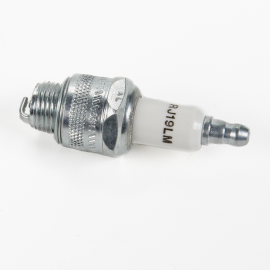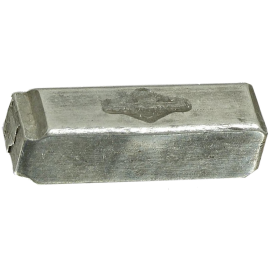- Kenmore refrigerator water filters
- Whirlpool refrigerator water filters
- Samsung refrigerator water filters
- GE refrigerator water filters
- LG refrigerator water filters
- Frigidaire refrigerator water filters
- KitchenAid refrigerator water filters
- Maytag refrigerator water filters
- Kenmore Elite refrigerator water filters
- Estate refrigerator water filters
- GE Profile refrigerator water filters
- Amana refrigerator water filters
- Bosch refrigerator water filters
- Dacor refrigerator water filters
- Electrolux refrigerator water filters
How to sharpen a lawn mower blade


It’s easy to tell when the blade on your push lawn mower is dull: the tips of the grass blades are tattered and brown. If the dull blade is in good shape otherwise, you can sharpen the mower blade yourself by following these instructions. If the blade is bent, warped or chipped, replace it.
For more mower troubleshooting advice and repair instructions, see our lawn mower repair help section.
Tools you need
Torque wrench
File
Wood block
Work gloves
Warning: Maintaining power tools can be hazardous. Use the proper tools and safety equipment noted in this guide and follow all instructions. Do not proceed until you are confident that you understand all of the steps and are capable of completing the maintenance. Some maintenance should only be performed by a qualified technician.
Step-by-step instructions
If you have a gas-powered mower, disconnect the spark plug wire. Carefully tilt the lawn mower on its side with the fuel tank fill hole facing up.
Put on work gloves to protect your hands from cuts. To immobilize the blade, wedge a wood block between the blade and a solid area of the mower housing. You can also use a blade-removal tool to remove the blade.
Remove the bolt and washer, and inspect the bolt. If the blade bolt is damaged, replace it with a manufacturer-approved bolt, rather than a standard bolt. Blade bolts often are specially designed and heat-treated to prevent failure that could cause injury or damage.
Secure the blade in a vise and sharpen the blade with a file. Follow the existing angle of the cutting edge and file in only one direction.
After sharpening, check that the blade is balanced. Drive a finish nail or casing nail into a wall and hang the blade horizontally, through the center hole. If one end dips, grind more from that end.
Use a torque wrench to reattach the blade, tightening the bolt to the torque specified in your owner’s manual—most blade bolts require around 45 to 55 foot-pounds of torque.
Set the mower upright and reinstall the spark plug.
Symptoms for gas walk-behind mowers
Choose a symptom to see related walk-behind mower repairs.
Main causes: engine needs tune up, dirty or clogged carburetor, damaged flywheel key…
Main causes: uneven wheel height settings, damaged wheel, dull or damaged cutting blade…
Main causes: damaged cutting blade, loose cutting blade, damaged flywheel key, engine needs tune up…
Main causes: stale gas, engine needs tune up, bad spark plug, dead battery, bad recoil starter, faulty safety switch, ba…
Main causes: dirty carburetor, bad spark plug, clogged air filter, engine choke problems, clogged gas cap vent…
Main causes: drive control cable failure, worn or broken drive belt, bad transmission, broken drive wheel…
Repair guides for gas walk-behind mowers
These step-by-step repair guides will help you safely fix what’s broken on your walk-behind lawn mower.

How to replace a lawn mower spark plug
Take a few minutes to replace the spark plug during your lawn mower's annual tune-up or if the spark plug is burnt or cr…
Repair difficulty
Time required
15 minutes or less

How to replace a lawn mower blade
Check your lawn mower blade regularly and replaced it if it's bent or damaged. …
Repair difficulty
Time required
15 minutes or less

How to replace a lawn mower flywheel key on a flathead engine
When you hit a hard object with your mower, the flywheel can shear to protect more expensive components. Learn how to re…
Repair difficulty
Time required
45 minutes or less
Articles and videos for gas walk-behind mowers
Use the advice and tips in these articles and videos to get the most out of your walk-behind lawn mower.

Do these 5 things this spring for a lawn that's healthier all summer.…

Learn about all the convenient features on our Sears PartsDirect website that make your parts purchases easier.…

Get answers to frequently asked questions about Sears and Sears PartsDirect.…